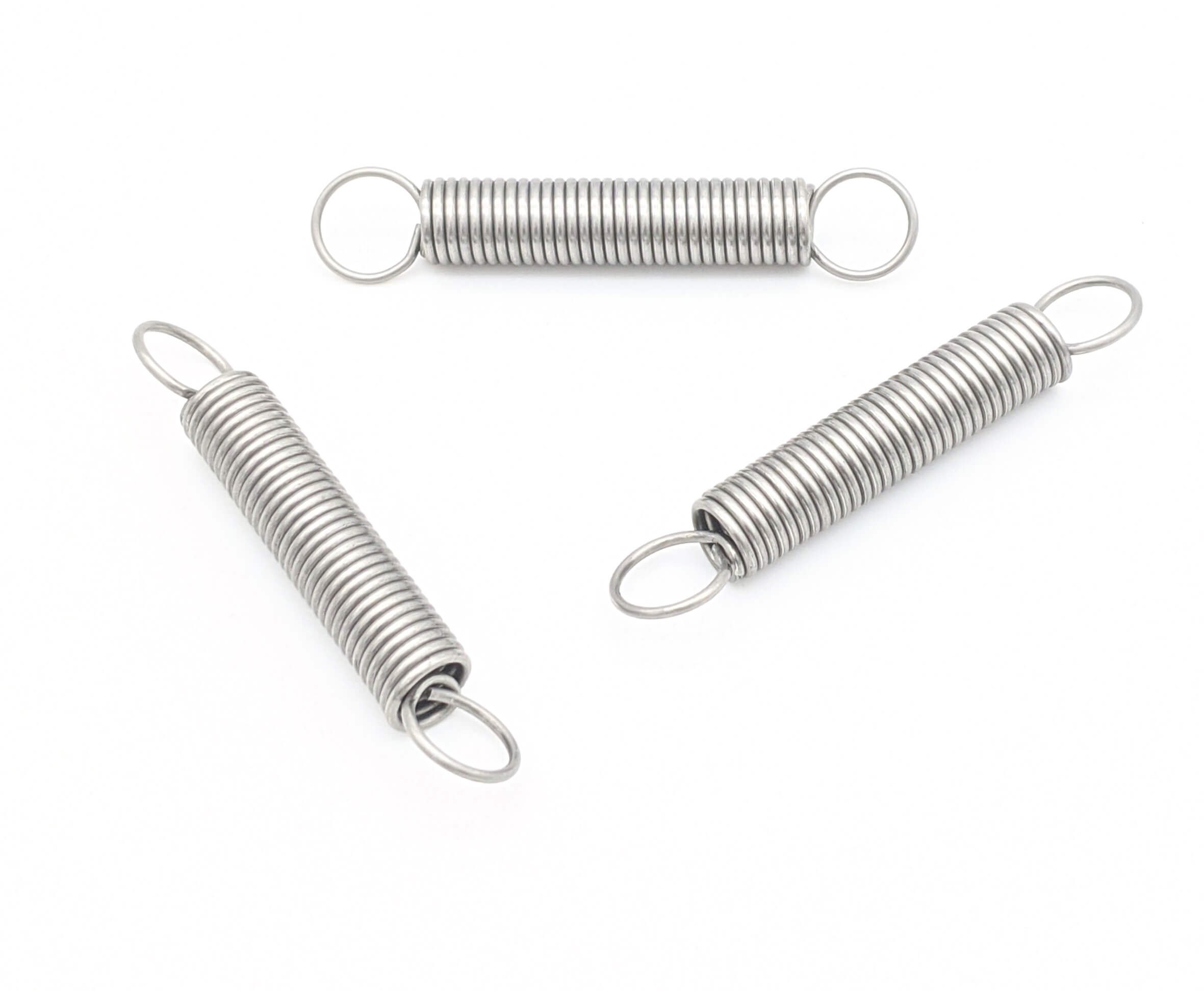Get unique, complex parts easily. No matter your requirements, Chaoyi Spring creates hard-to-produce coil springs and wire forms.
Let us help you create the custom wire form you need, from S-hooks and J-hooks to utility hooks and more.
We work closely with customers across a wide range of industries, helping them design and manufacture made-to-order parts.
Why choose Chaoyi Spring? We prioritize customer-focused collaboration, modern equipment and the latest technology to make your parts per print.
Find the information and guidance you need, from measuring a spring to learning about materials, placing an order and much more.
Choosing the right torsion spring for your application can be a daunting task. With so many different sizes, materials, and configurations available, it's easy to get overwhelmed. However, understanding the


Choosing the right torsion spring for your application can be a daunting task. With so many different sizes, materials, and configurations available, it's easy to get overwhelmed. However, understanding the basics of torsion spring sizing and using a torsion spring size chart can make the process much simpler. This guide will provide you with a thorough understanding of torsion springs and how to select the perfect one for your needs.

Torsion springs are a type of spring that stores and releases energy by twisting. Unlike extension or compression springs, which store energy by stretching or compressing, torsion springs work by rotating around their axis. When a torque is applied to a torsion spring, it coils up, storing potential energy. When the torque is released, the spring unwinds, releasing the stored energy.
A torsion spring size chart is an invaluable tool for anyone working with torsion springs. It provides a quick and easy way to identify the right spring for a particular application based on factors such as:
Before using a torsion spring size chart, it's essential to understand some key terminology associated with torsion springs. Here are some common terms:
Using a torsion spring size chart is relatively straightforward. First, identify the key parameters of your application, such as the required torque, deflection, and spring length. Then, locate the corresponding values on the chart. The chart will typically list a range of spring sizes that meet your specifications. You can then select the most suitable spring based on your budget, space constraints, and other factors.
Here are some key factors to consider when selecting a torsion spring for your application:
Torsion springs are used in a wide variety of applications, including:
Here are some practical tips for selecting the right torsion spring:
A torsion spring size chart is an essential tool for anyone working with torsion springs. By understanding the basics of torsion spring sizing and using a chart, you can select the right spring for your application and ensure its optimal performance. Remember to consider factors such as torque requirement, deflection range, space constraints, and environmental conditions when making your selection. With careful planning and a little research, you can find the perfect torsion spring for your needs.
Understanding torsion spring size charts and the factors involved in selecting the right spring is crucial for ensuring optimal performance and longevity of your application. By carefully considering your needs and using the information provided in this guide, you can confidently select a torsion spring that meets your specific requirements.
Browse some of the custom wire forms and springs that we manufacture. Don’t see what you need? We specialize in made-to-order products that meet your application requirements.
Visit Our GalleryNeed a custom wire form or coil spring? We make it work. Fill out the contact form and a representative will respond within 1 business day. If you have a PDF or CAD file, you can submit to request a quote.